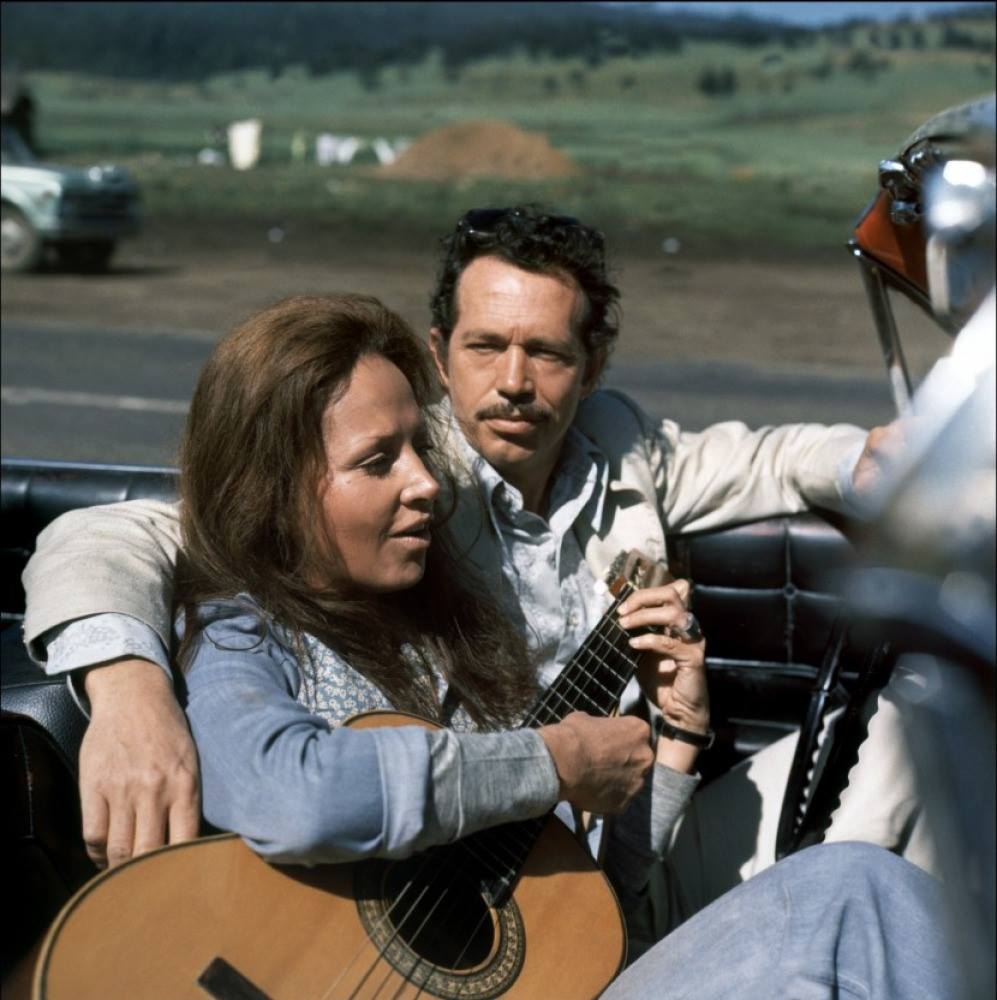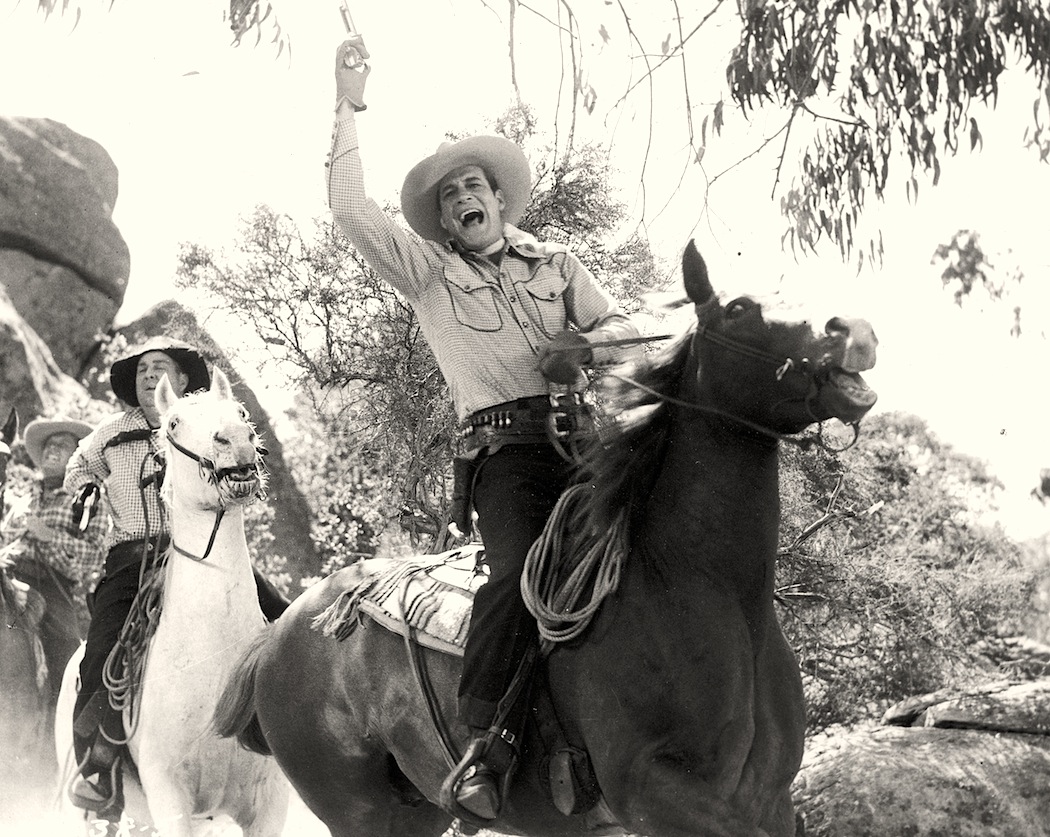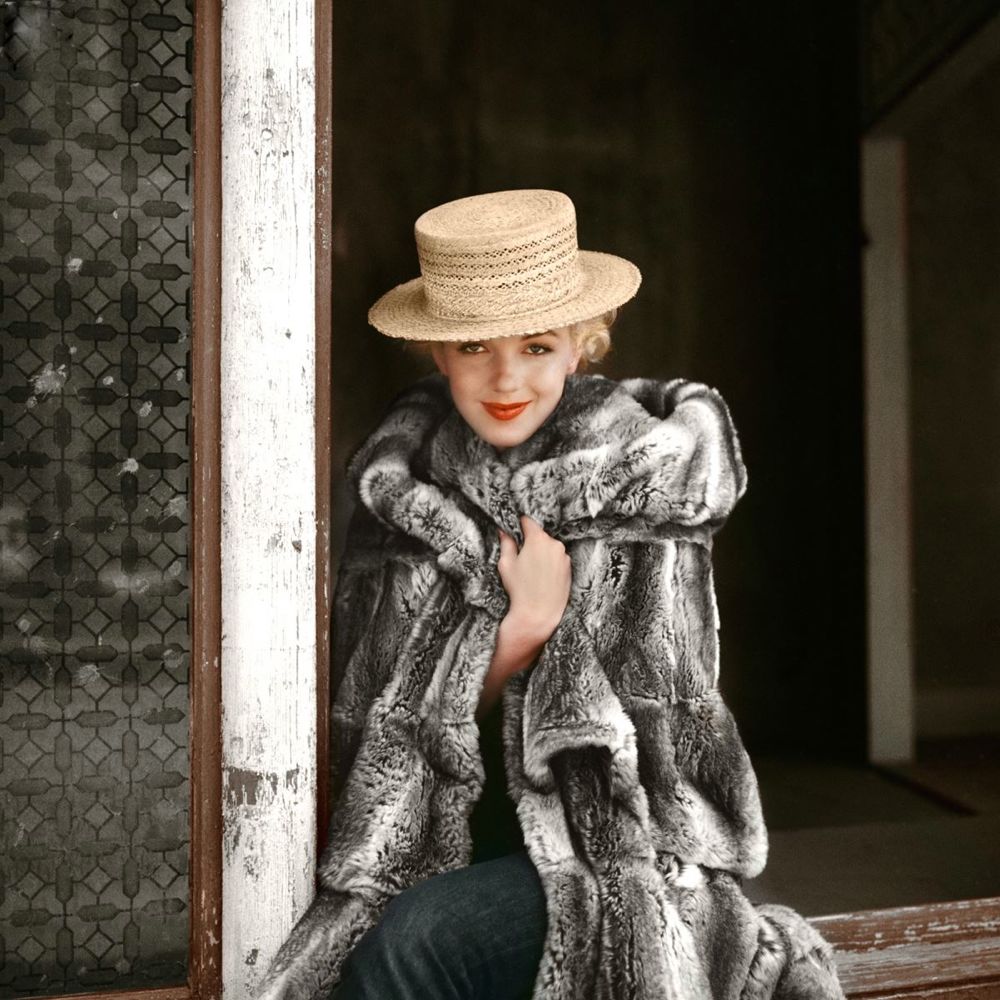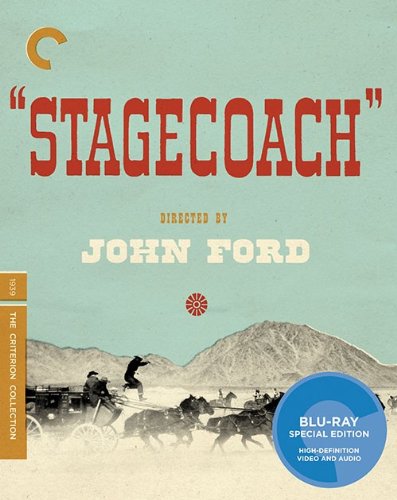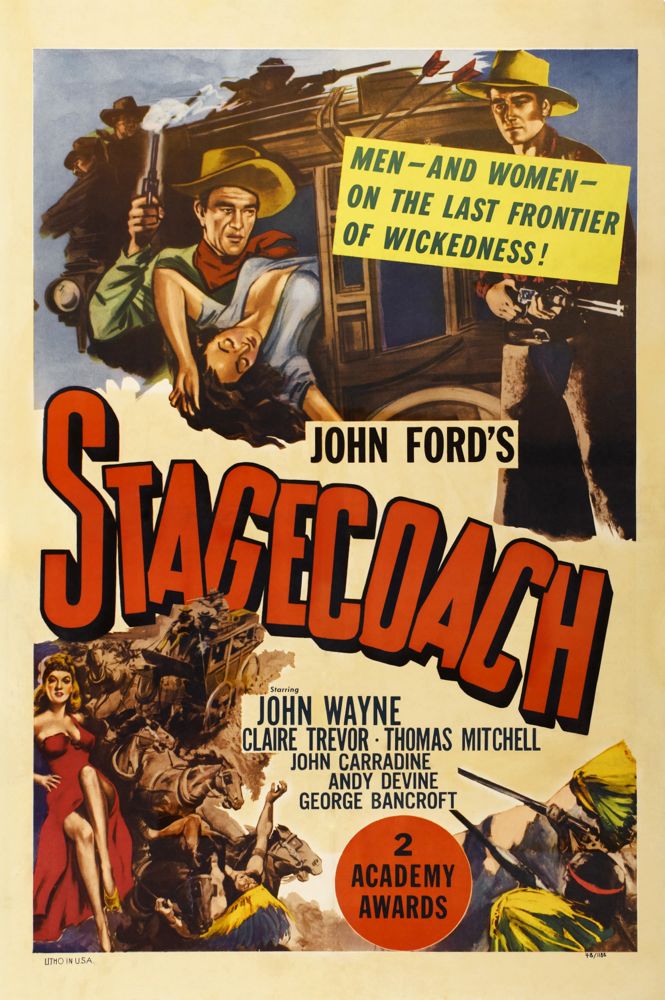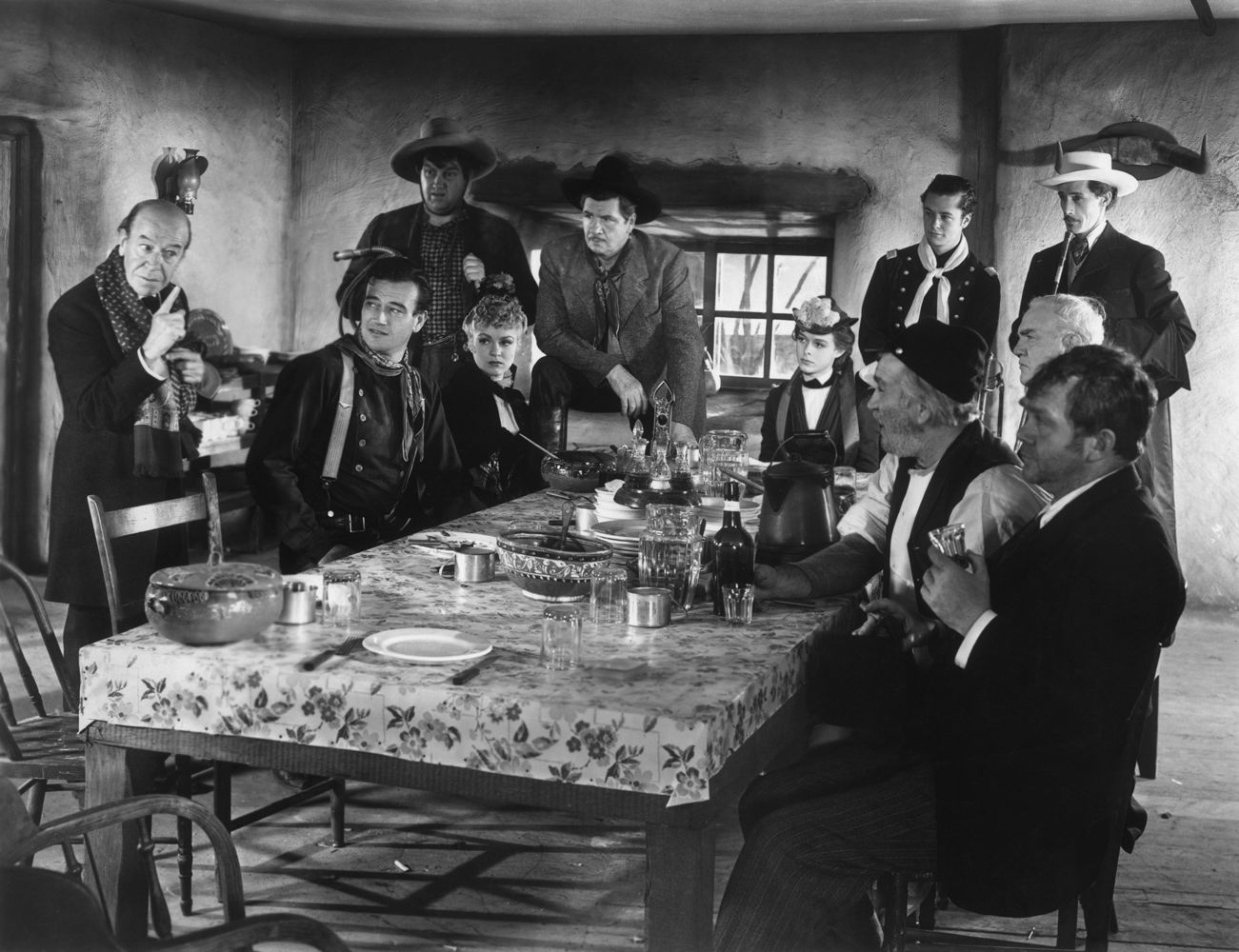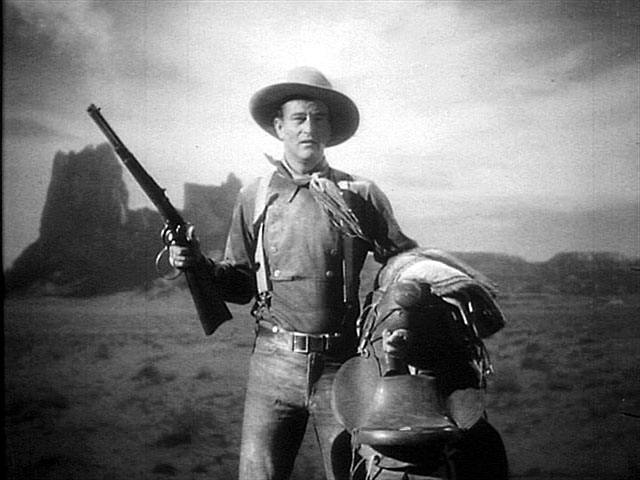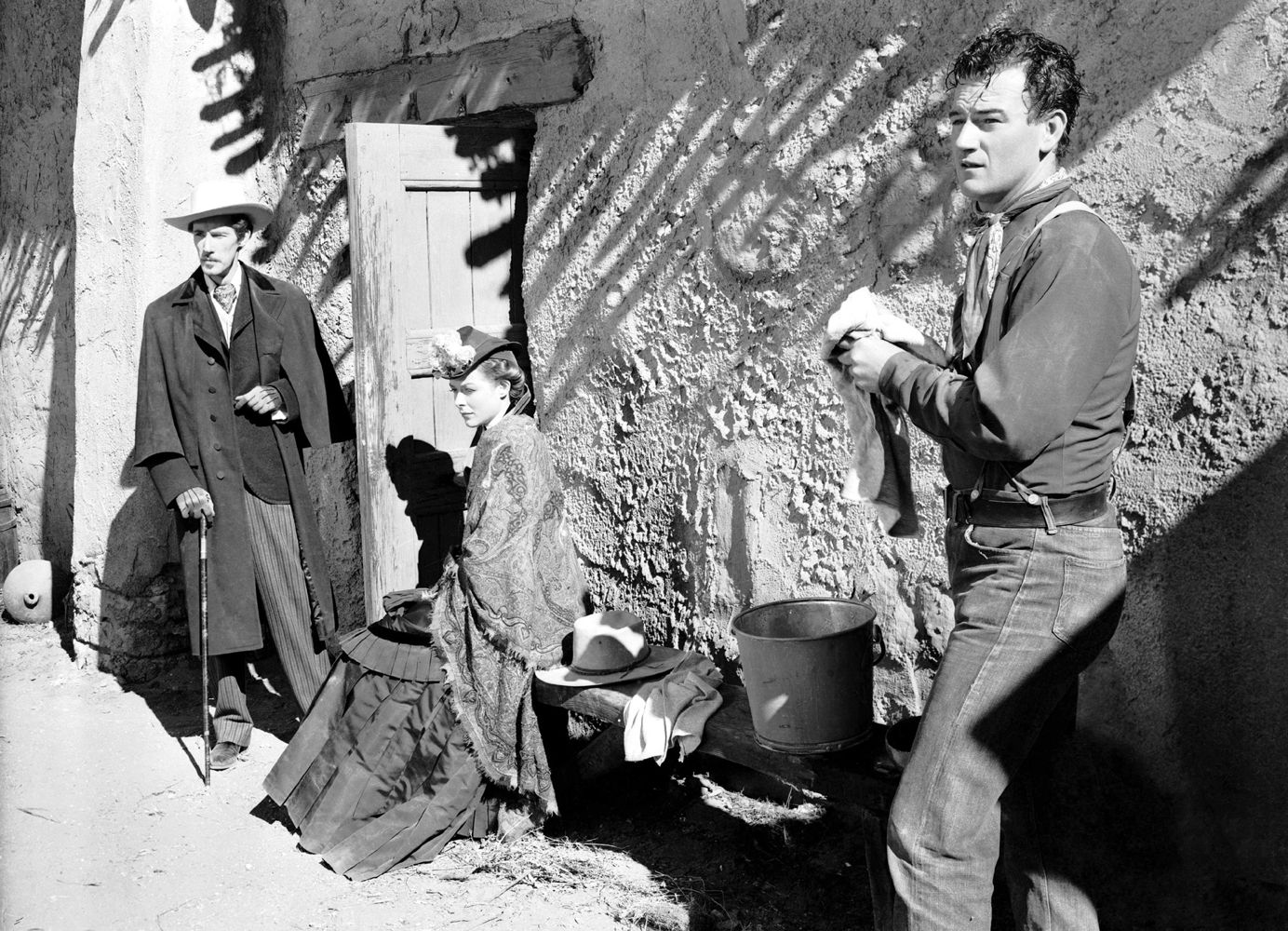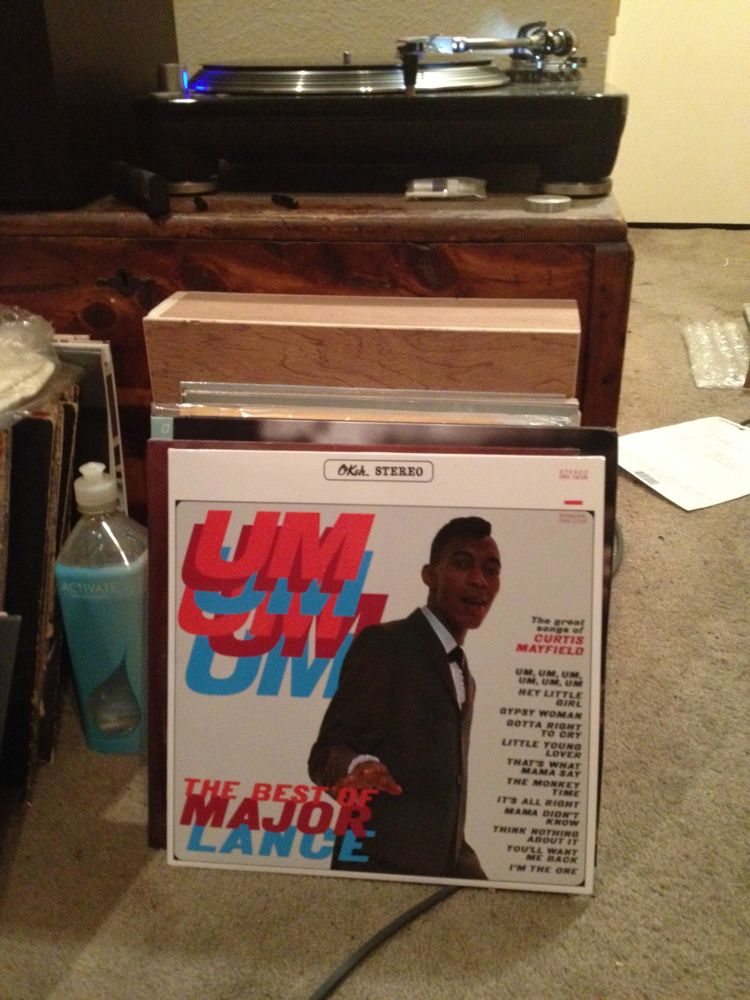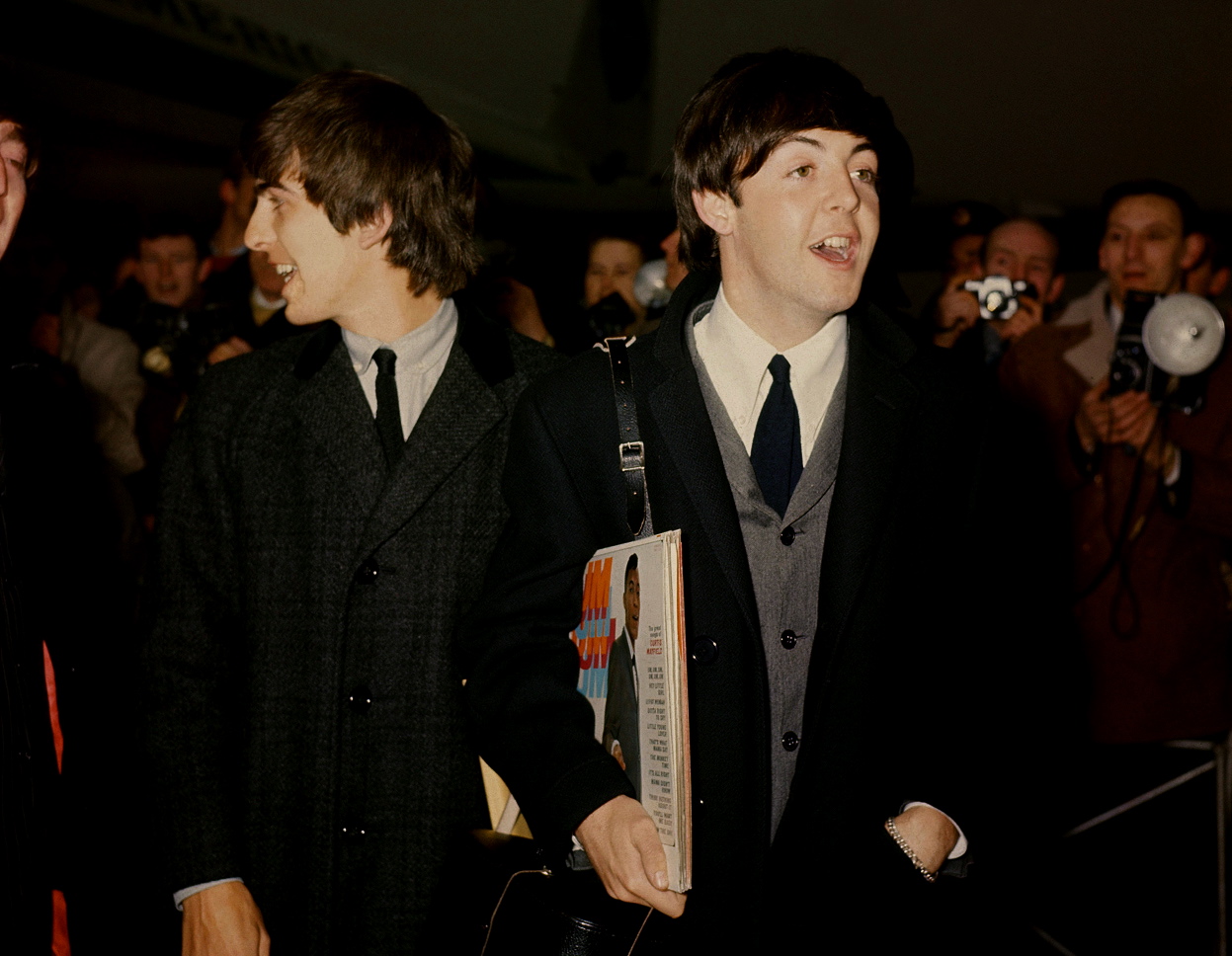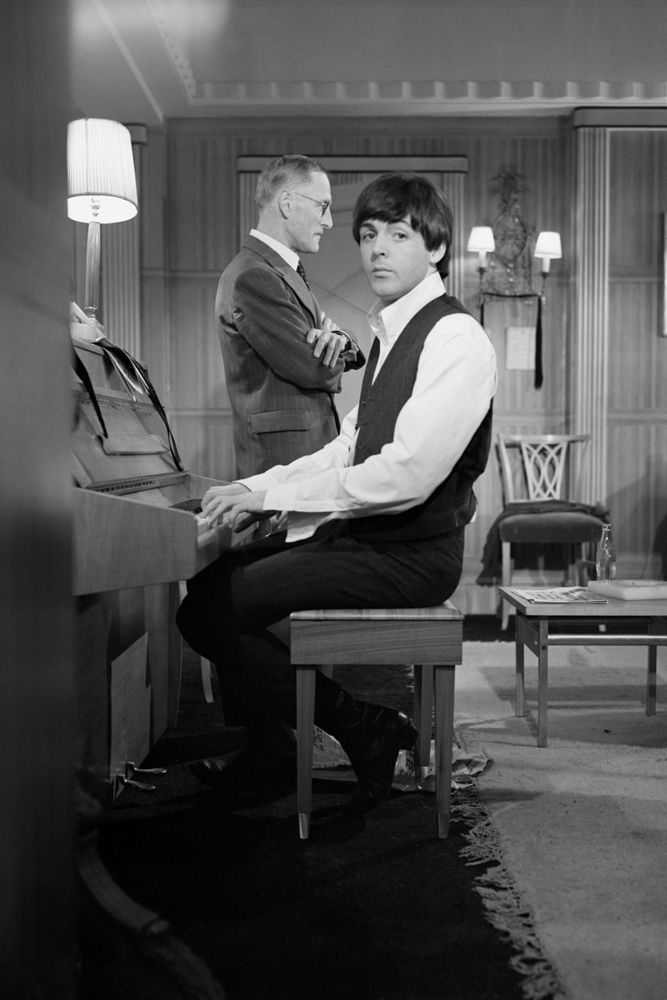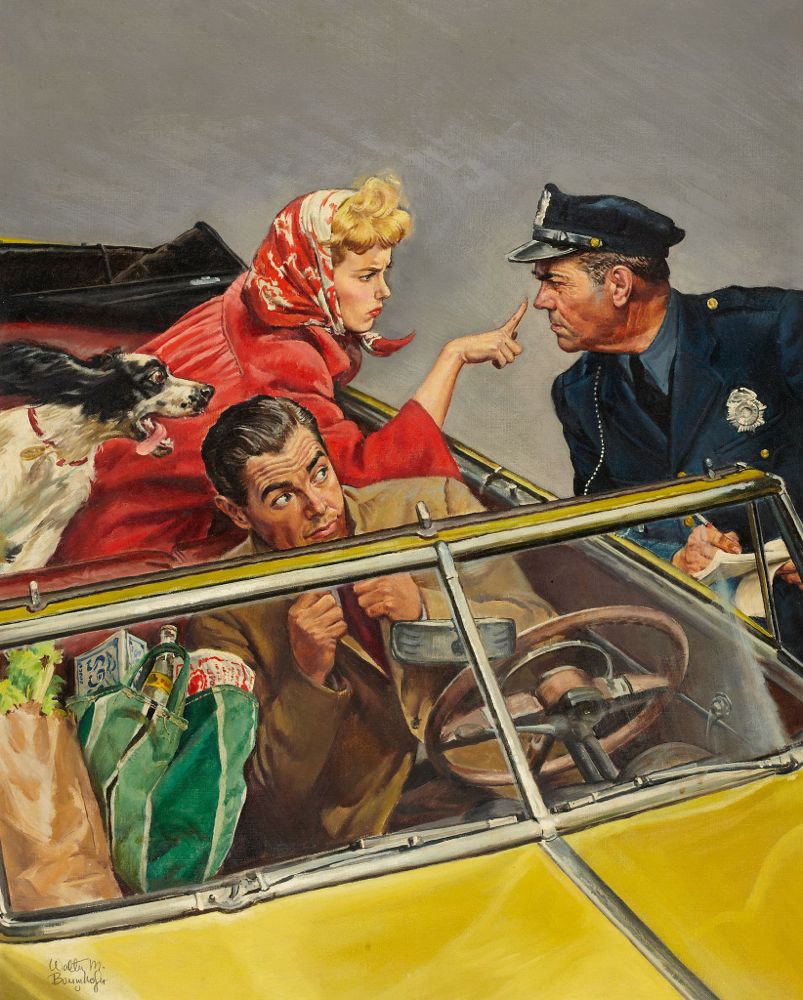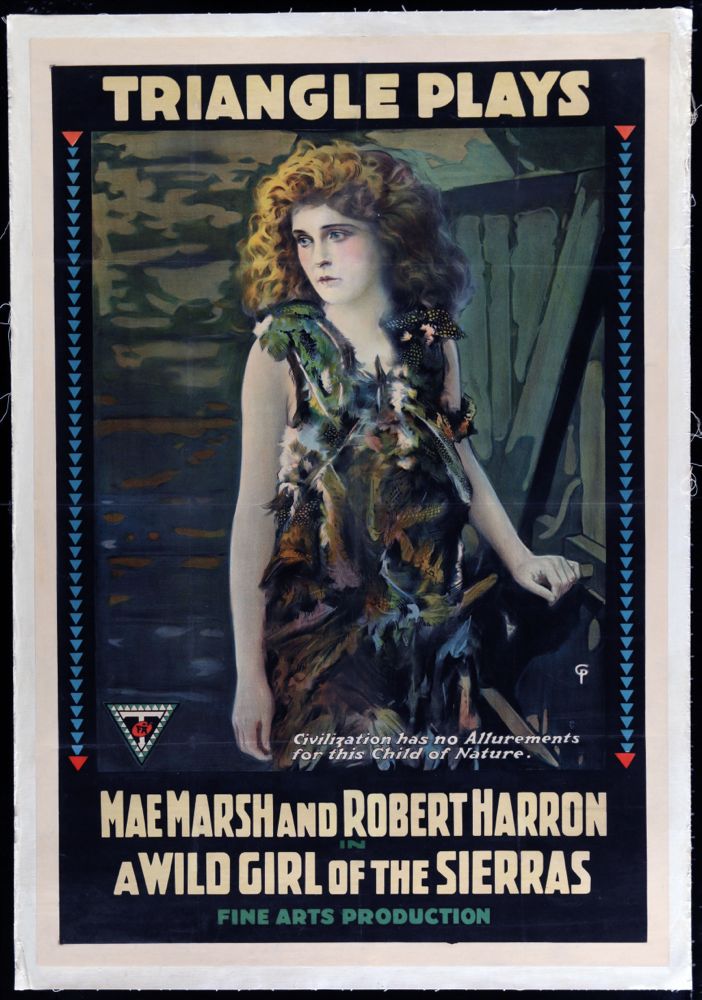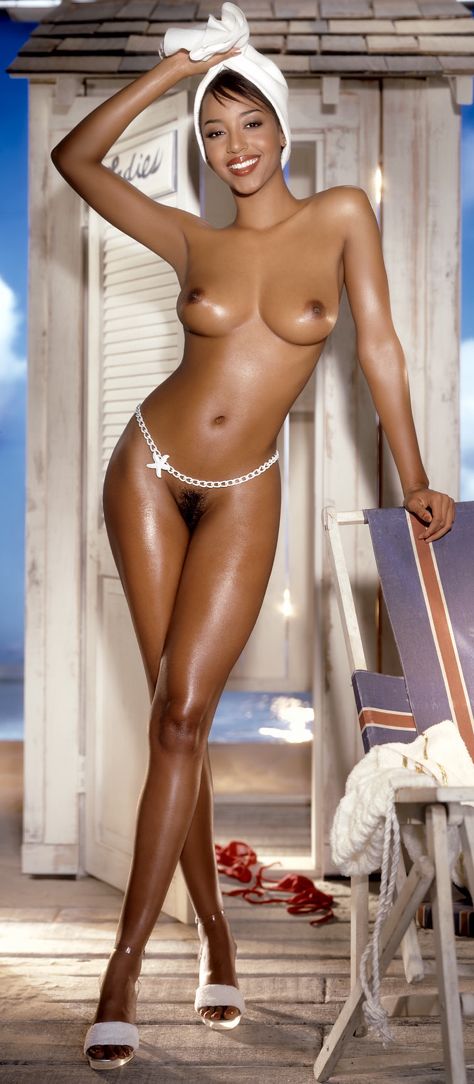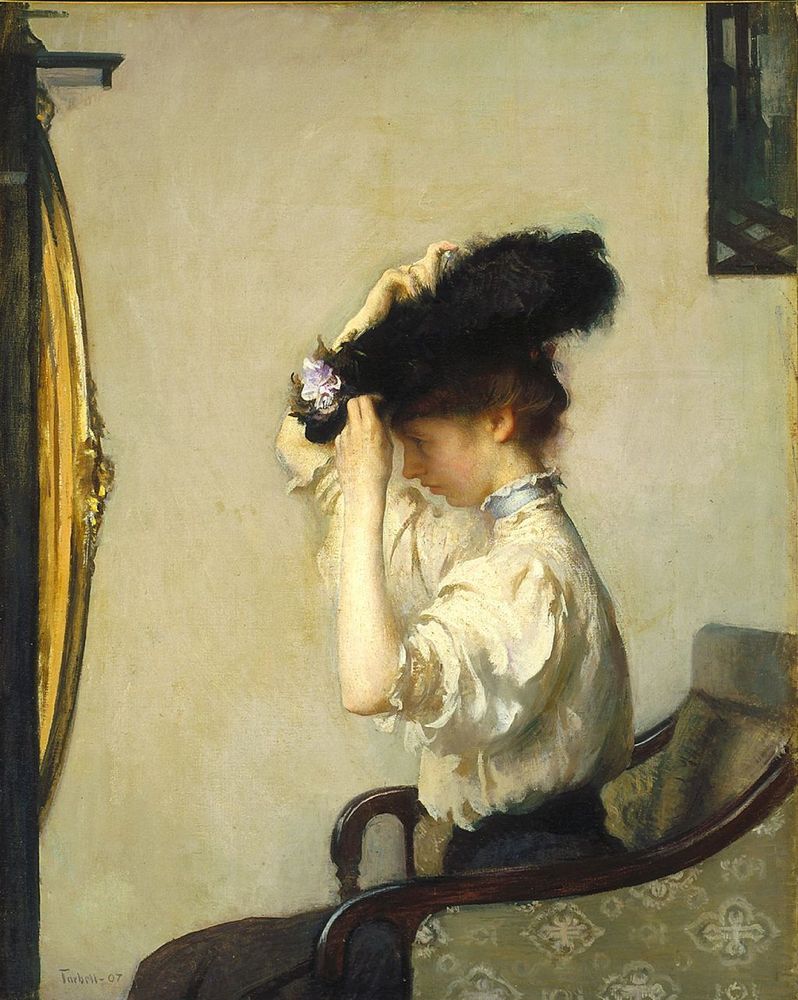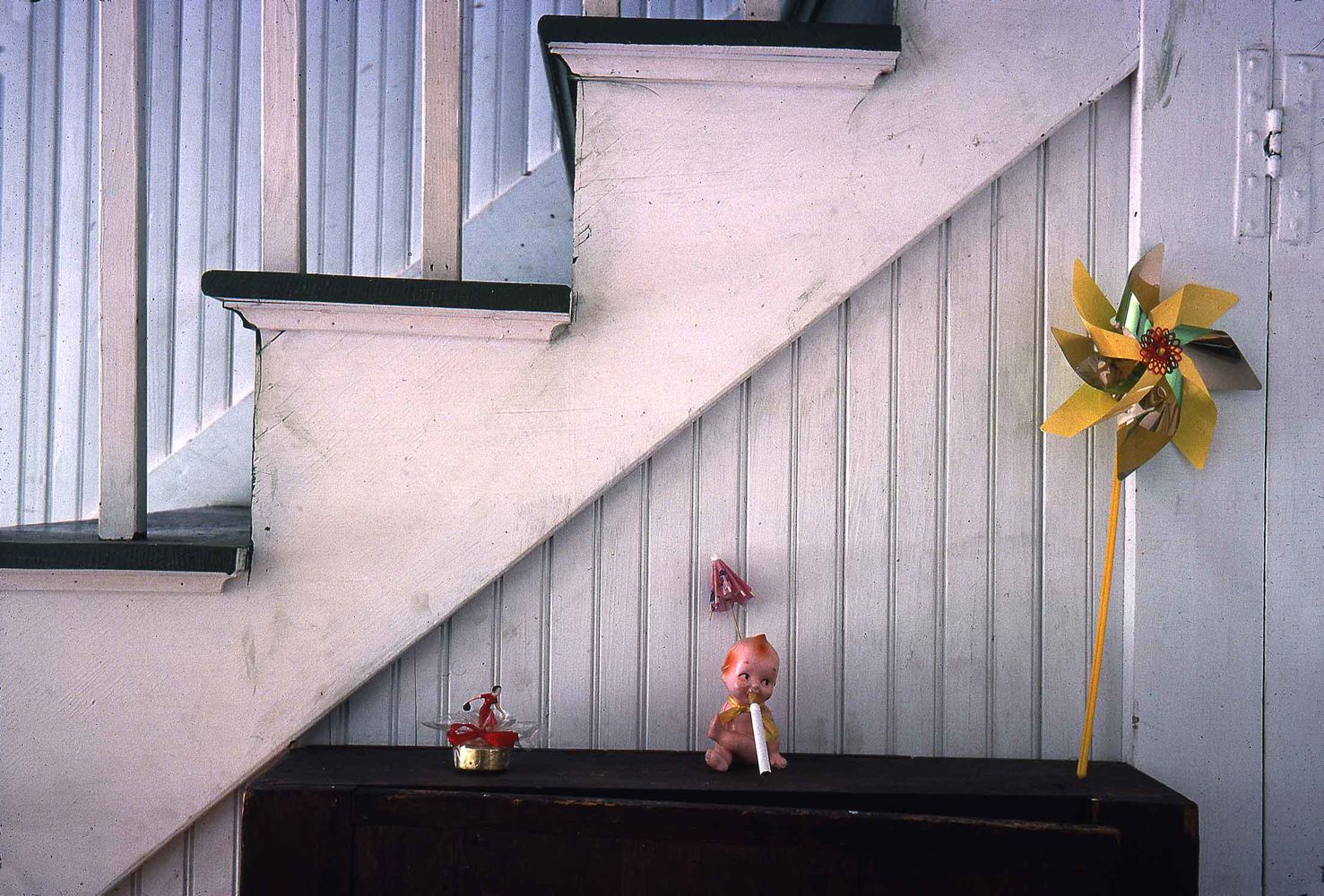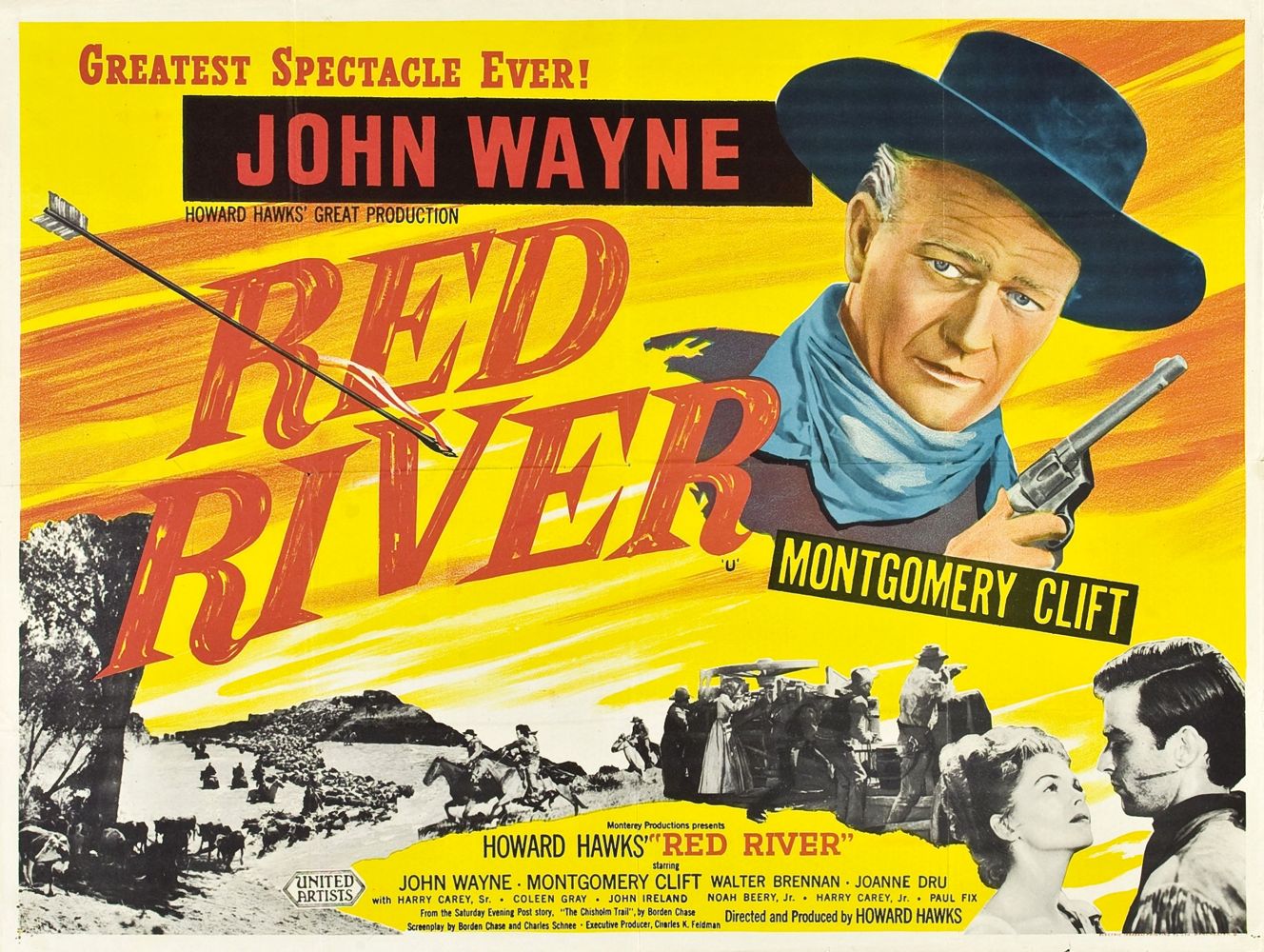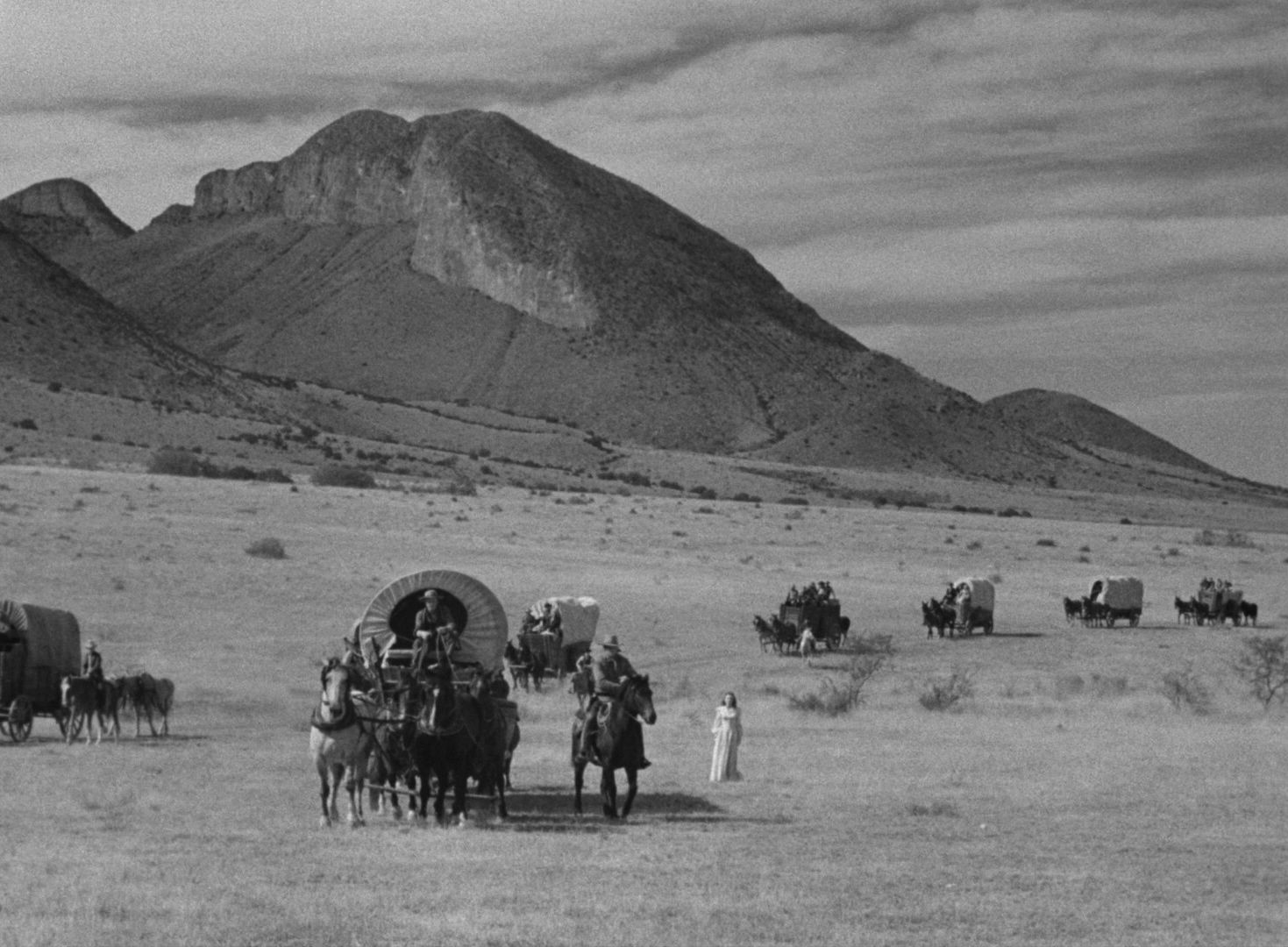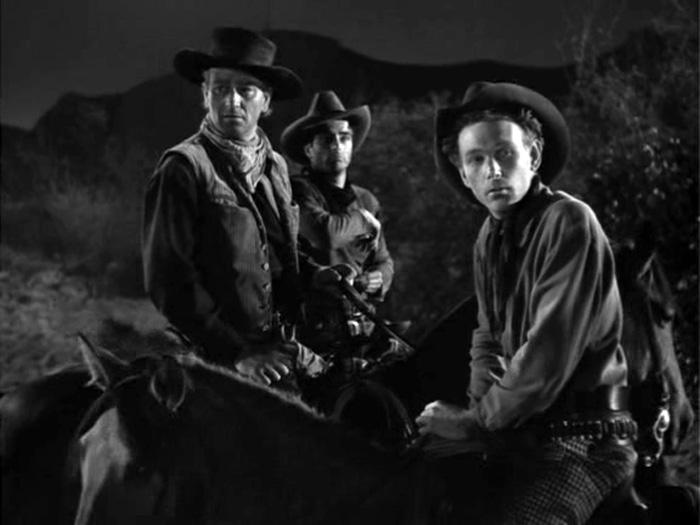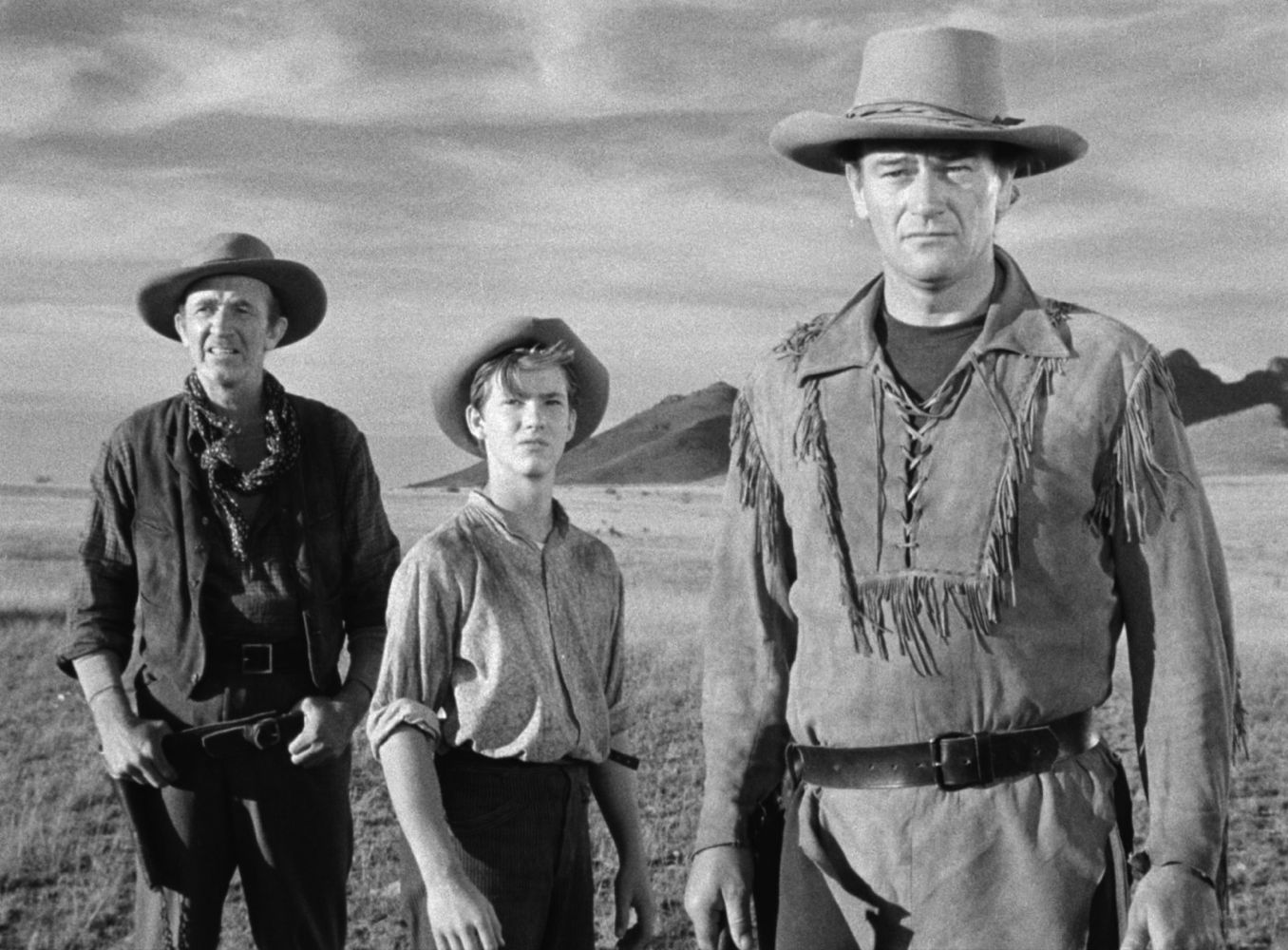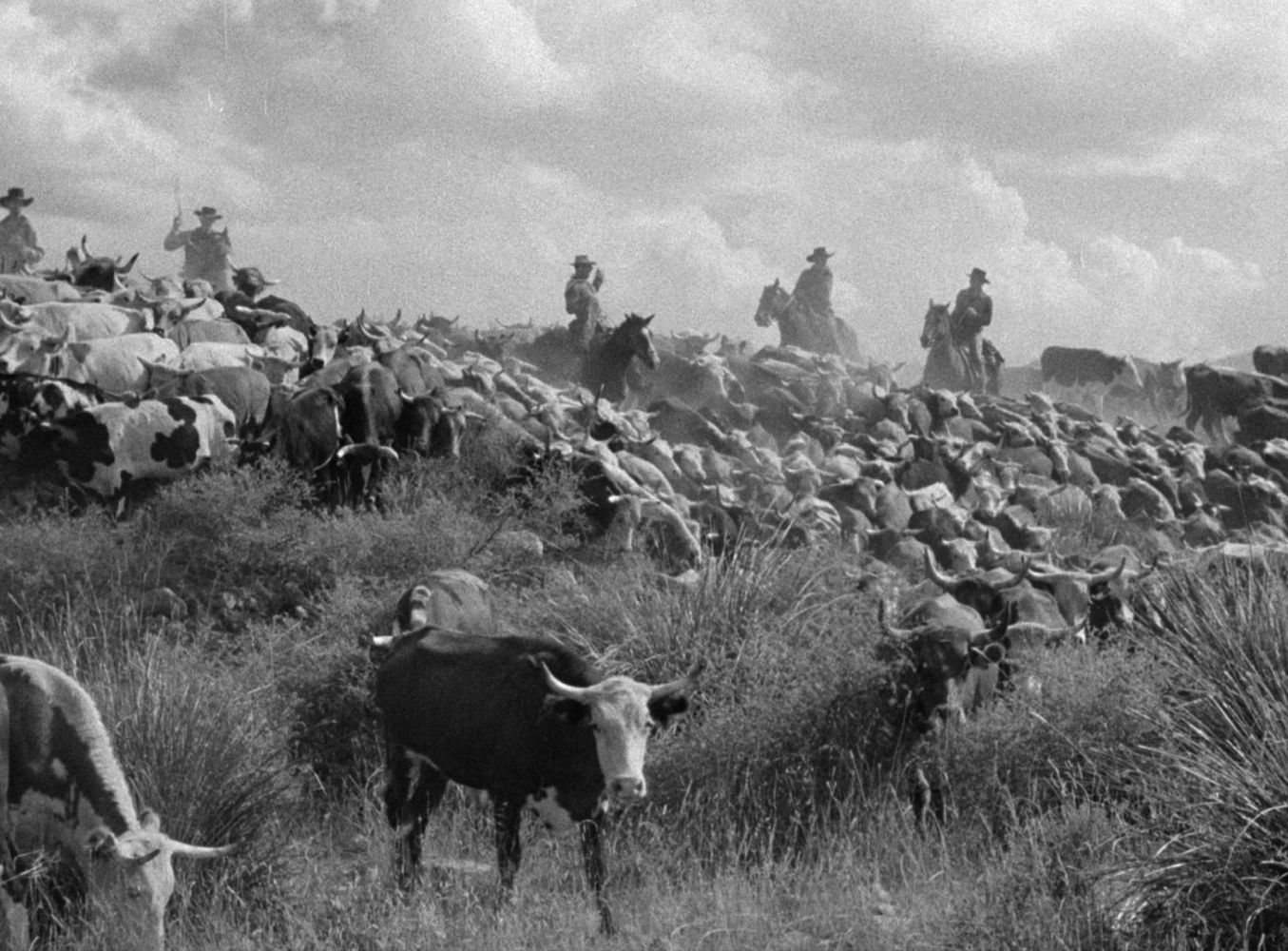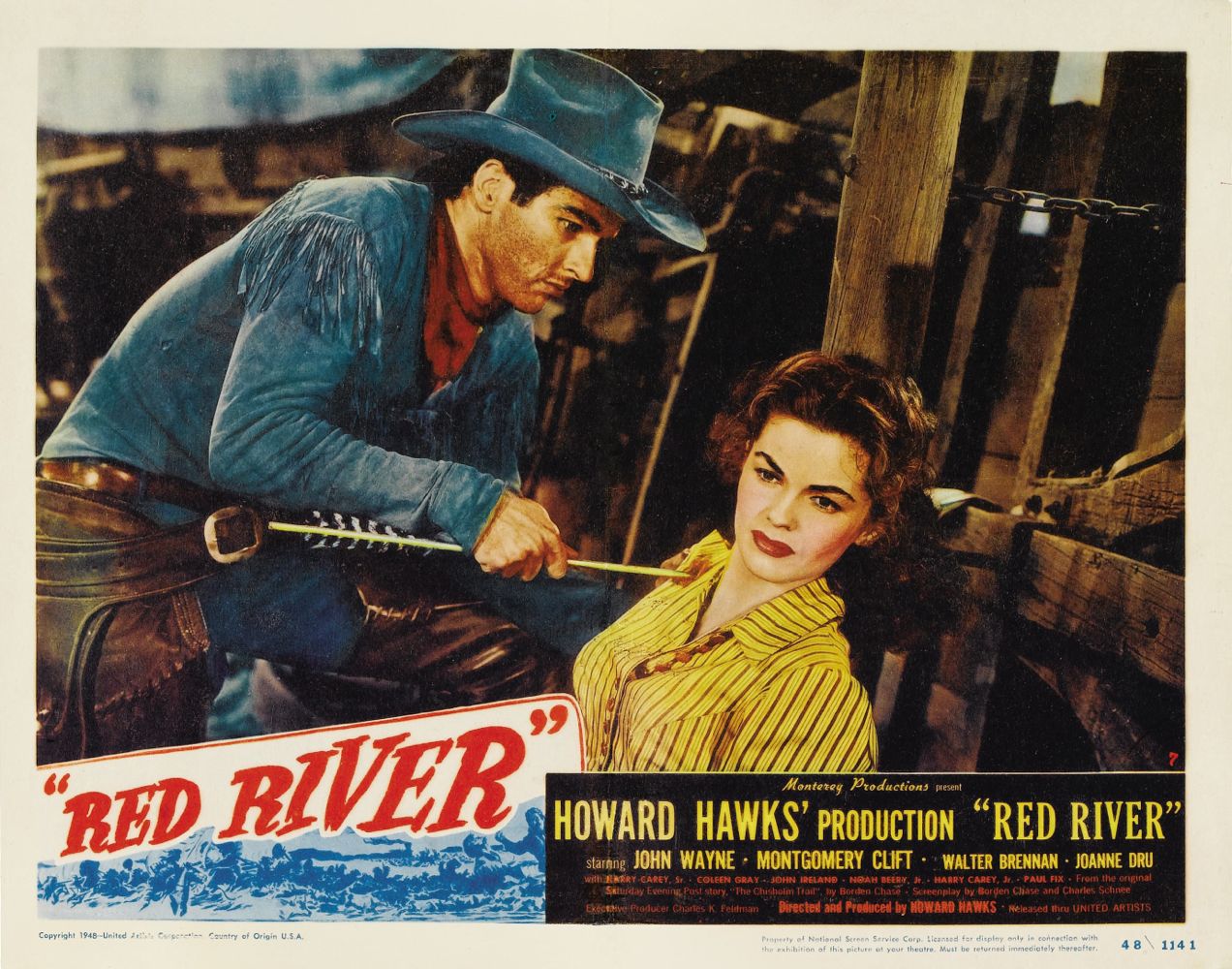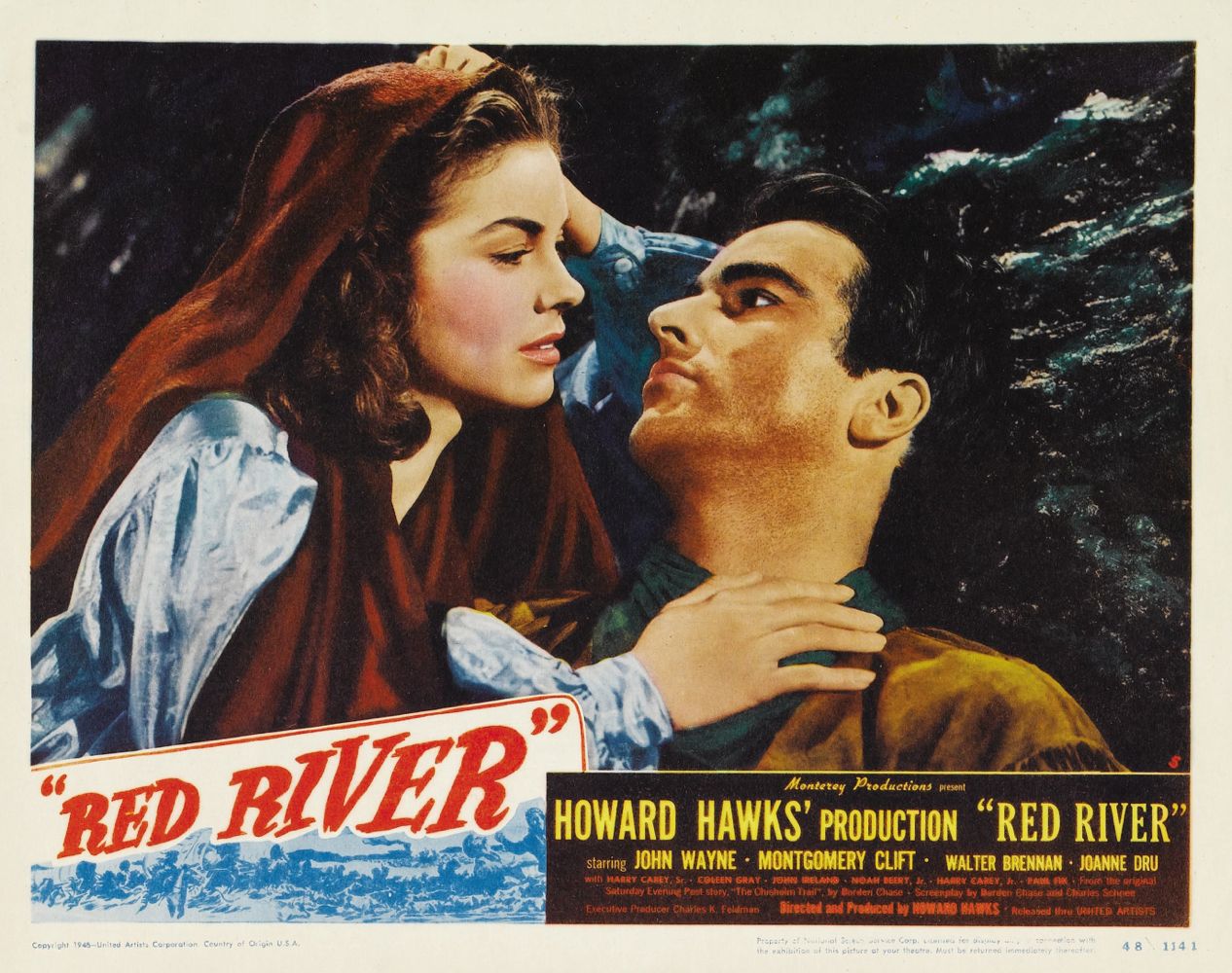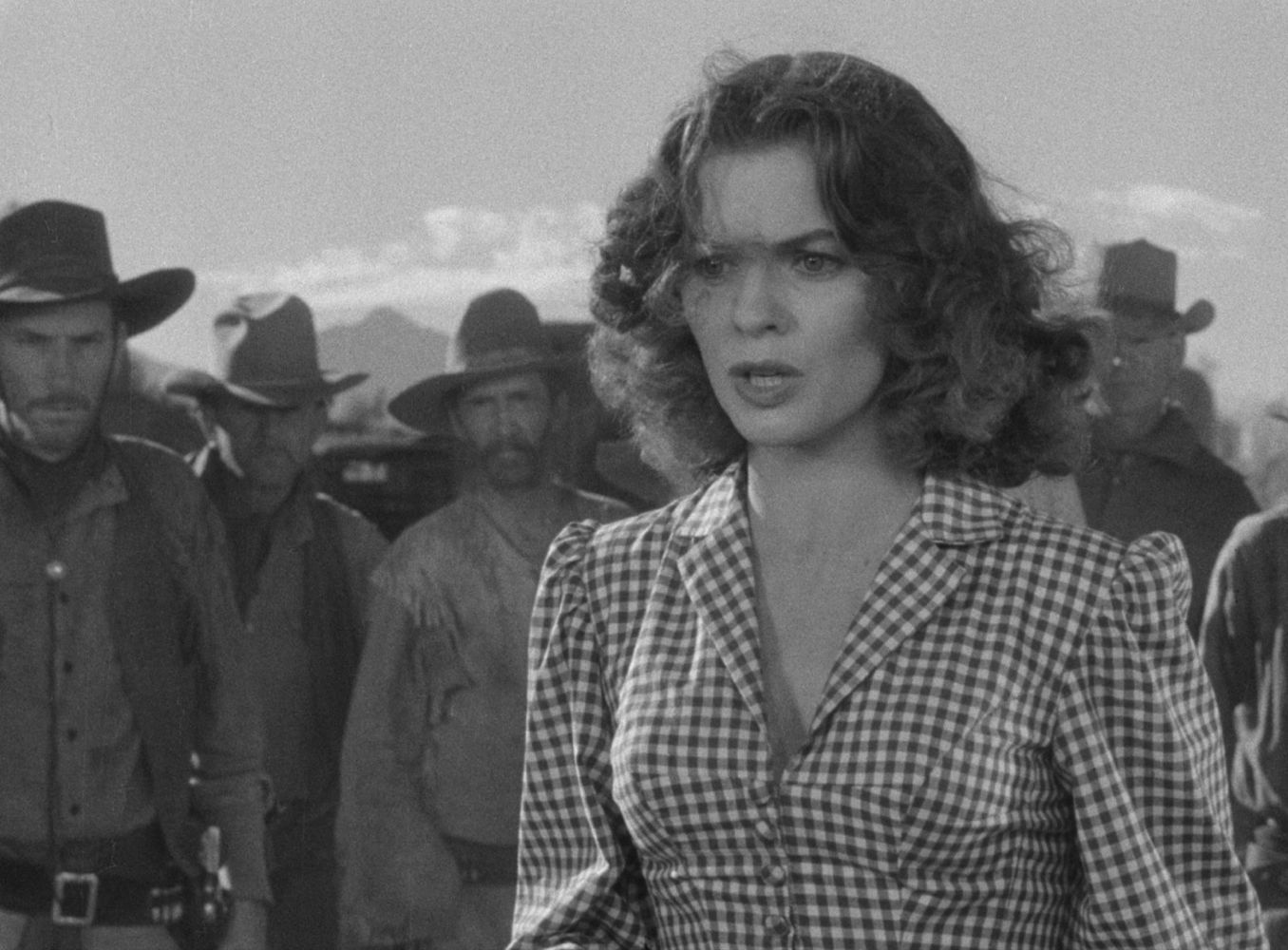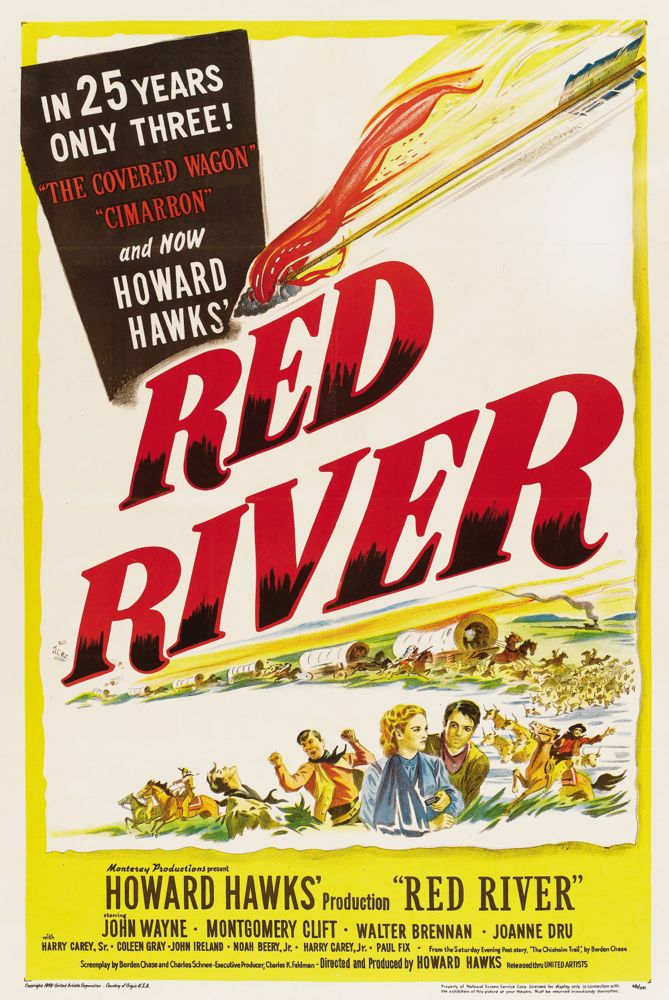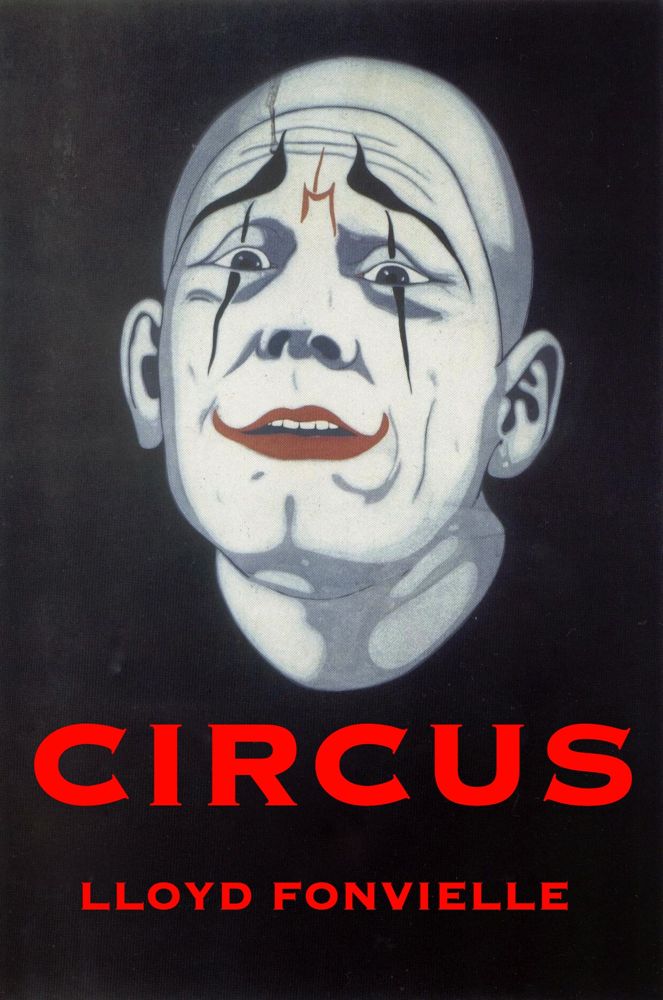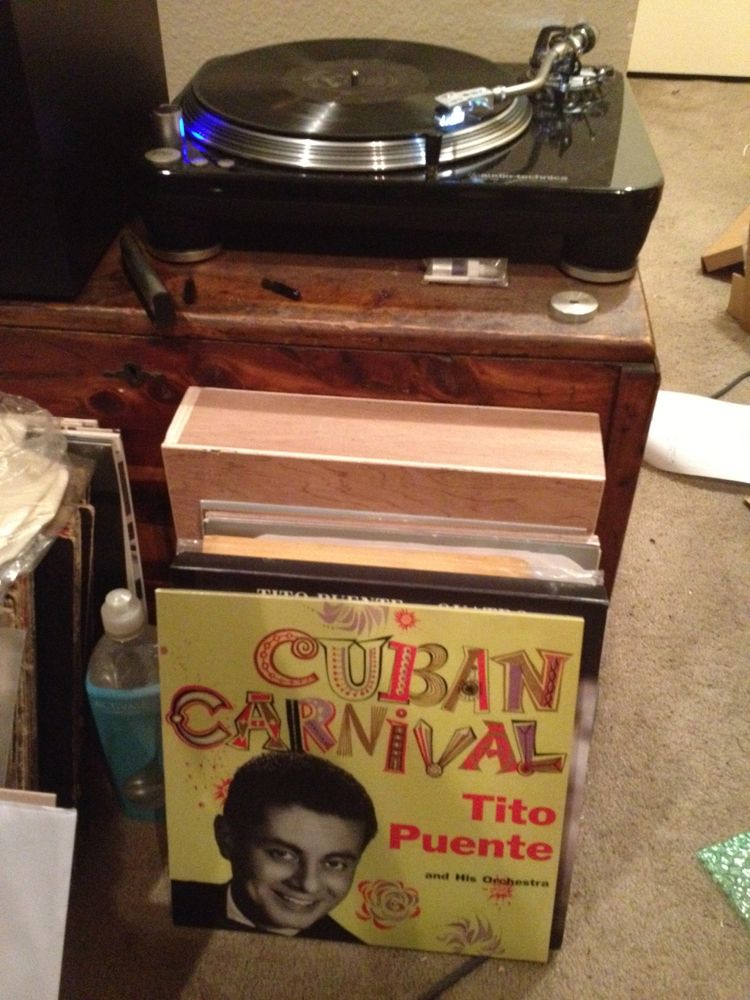Click on the image to enlarge.
Category Archives: Main Page
A B-WESTERN STILL FOR TODAY
GIRL WEARING STRAW HAT
ESSENTIAL
John Ford started out making two-reel Westerns for Universal in the silent era and directed a number of silent feature Westerns but Stagecoach was his first sound Western, over a decade into the talkie era.
He must have been working on sheer instinct, because adult-oriented A-Westerns like Stagecoach were long out of favor. The film, well received critically and a commercial success, brought the A-Western back, and incidentally made a star of John Wayne, as Ford predicted it would at the time.
The picture has to rank among the most important of all Westerns simply for reviving the genre as mainstream Hollywood fare, which it remained well into the 1960s.
It was based on a short story by Ernest Haycox, though Ford said his sense of it was shaped by the short story “Boule de Suif” by Guy de Maupassant. Others have suggested the short story “The Outcasts Of Poker Flat” by Brete Harte as a more likely model. It hardly matters, as all these stories share the conceit of a group of strangers thrown together in an unexpected adventure — a timeless premise in fiction.
Ford’s variant on it is simply brilliant. The characters are all sharply drawn and varied, their conflicts and alliances engaging and continually shifting, often in unexpected ways. Wayne’s Ringo Kid becomes the center of the tale, because of his gallantry and determination, and because of Wayne’s screen presence, easy and natural but riveting.
Wayne was hardly star material at the time, being predominantly a veteran of scores of modest B-Westerns, and Ford had to fight to cast him in the picture, but more than holding his own with a cast of fine supporting players he somehow towered over all of them. He was the one you couldn’t take your eyes off of.
Ford brought all his considerable skill as a director and storyteller to the movie — it’s impeccably crafted and wonderfully entertaining. It was the film Orson Welles watched over and over again in order to learn how to direct a movie and it repays countless viewings for ordinary film lovers as well.
It’s one of the great movies and the Criterion Blu-ray edition of it belongs in every American home.
Click on the images to enlarge.
MOM WITH KINDLE
WHAT I’M SPINNING NOW
Major Lance had a brief time in the sun as a top soul performer. He owed a lot of his success to the fact that he almost exclusively recorded songs written by his boyhood friend Curtis Mayfield.
His career tapered off in the late 60s and he moved to England in the 70s to take advantage of his popularity there. He stopped recording in the 80s but continued to tour.
This compilation of his best work is really terrific — there just isn’t a bad cut on it. As you can see from the picture above, Paul McCartney was spinning it in 1964 when it was brand new — he brought a copy back to England after The Beatles’ triumphant tour of The States that year. He knew cool when he heard it.
I tracked the album down, in a new pressing on 180-gram vinyl, after identifying it in this picture, and it was worth the effort. I strongly suspected that it would be.
Click on the images to enlarge.
ON THE SET
A WALTER MARTIN BAUMHOFER FOR TODAY
A SILENT MOVIE POSTER FOR TODAY
A PLAYMATE FOR TODAY
AN EDMUND TARBELL FOR TODAY
A LANGDON CLAY FOR TODAY
RED RIVER
A lot of folks reckon Red River to be one of the greatest Westerns ever made but I myself don’t see it that way. It’s a damn good Western, and a fine entertainment, but to me there’s something just a little off about it.
The outdoor scenes were all shot in southern Arizona and are spectacularly good. The crossing of the cattle over the Red River is as impressive as any river crossing in any Western. Throughout the film John Wayne gives one of his very best performances, ably supported by Montgomery Clift, Walter Brennan and Joanne Dru.
Its first 45 minutes are as good as the first 45 minutes of any Western, but the film seems to wander off the trail a bit after that, starting with the sequence of the night stampede.
[Spoilers below]
Having Latimer, well played by Harry Carey, Jr. (above), talk about his wife and his hopes and his dreams moments before getting killed in the stampede comes across as artificial. The stampede itself, though it incorporates some stunning location footage of rampaging longhorns, is interrupted once too often by inserts shot back at the studio on a sound stage.
The sequence has emotional power but it feels like an interpolation and too obviously manipulative. Hawks generally got at sentimental effects in less direct ways. More importantly, it feels like a departure from the easy and natural way the film establishes its characters and their conflicts in the first 45 minutes, with crackling dialogue and inventive exposition that never plays as exposition.
Hawks being Hawks, a master storyteller, the stampede has a legitimate function in the overall structure of the tale, motivating John Wayne’s character, Tom Dunson, in an understandable way, to commit his first suspect act as the boss of the trail drive, coming very close to killing the hapless cowboy who caused the catastrophe.
This line of development gets more and more intense after the stampede, Dunson more and more unreasonable and unhinged. We proceed to the triumphal and visually masterful crossing of the cattle over the Red — a superb piece of filmmaking — only to find that it hasn’t settled Dunson down at all.
A final confrontation with his adopted son Matthew Garth, played by Clift, causes Garth to mutiny and take control of the drive, exiling Dunson, who promises to come back and kill him. This is the core of the movie — revealed now to be a version of Mutiny On the Bounty on horseback.
At this point, it ran into the same problem Mutiny On the Bountry ran into dramatically. The tension between Christian and Bligh, having reached its climax in the mutiny, essentially ends and the tale bifurcates. We see what happens to Christian, we see what happens to Bligh, but the personal face-to-face conflict between the two men, the engine of the drama, is over.
Hawks was wise enough to bring his Christian and Bligh together at the end for a final showdown, but the narrative mechanism he used to arrange this was clumsy. Basically it involved the late introduction of a new character, Tess Millay, played by Joanne Dru. Garth rescues her from a wagon train under attack by Indians, then leaves her, whereupon she falls in with Dunson and becomes a kind of mediator between the two men, finally stopping their duel to the death at the end of the film.
It makes for some interesting interactions between the characters, but feels a little jury-rigged as a plot development. The film was based on a Saturday Evening Post story by Borden Chase, who wrote the first draft of the screenplay. Chase thought the heart of the tale lay in the triangle between Dunson, Garth and Millay. Hawks wanted it to lie in the spectacle and historical consequence of the first major cattle drive to a rail-head in Kansas, so he hired Charles Schnee to rewrite the script with that in mind.
He and Schnee never really solved the problem of how to integrate the two parts of the movie into a whole. Two thirds of it is the epic tale of a cattle drive with a Mutiny On the Bounty structure, the last third concentrates on an intriguing emotional triangle between three characters. Hawks acknowledged this in later years, saying he was never happy with the ending of the film, but he blamed it on Schnee and on Dru, a last-minute replacement for another actress — he said Dru simply didn’t know how to play the role correctly.
In fact, Dru (above) is wonderful in the film, and no actor giving any kind of a performance could have resolved the split nature of the narrative. The ending is satisfying enough, if a little perfunctory — Millay simply tells Dunson and Garth to stop fighting because they love each other, so they stop fighting.
The film remains a fine entertainment, because each section of it is involving and well executed, but it doesn’t have the driving through-line, the structural cohesion, of a first-rate film, a first-rate Western. Surely some way could have been found to introduce Millay earlier and more naturally into the narrative — Hawks and his writers simply didn’t take the trouble to do it.
Audiences didn’t seem to mind — the film was a huge hit and is now considered a classic, though I myself don’t think it measures up to Hawks’s other important Western, Rio Bravo, a less ambitious film in some ways but in my opinion a flat-out masterpiece.
Click on the images to enlarge.

